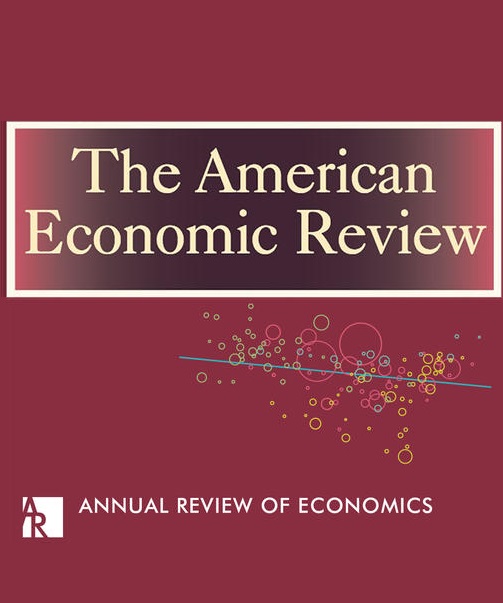你能抓住机遇吗?来自大迁徙的证据
IF 11.6
1区 经济学
Q1 ECONOMICS
引用次数: 123
摘要
本文表明,大迁徙(1940-1970)期间的种族构成冲击减少了黑人家庭在美国北部成长的收益,可以解释今天该地区27%的种族向上流动差距。我通过对1940年以前黑人移民的地点选择与预测的南部县向外迁移的相互作用来确定北部黑人所占比例的增加。地域的变化,而不是家庭的消极选择,解释了向上流动性的降低,持续的种族隔离和增加的犯罪和治安是合理的机制。当考虑到目的地的反应时,大迁徙的案例提供了一个更细致入微的观点。(jel h75, h76, j15, j62, k42, n32, r23)本文章由计算机程序翻译,如有差异,请以英文原文为准。
Can You Move to Opportunity? Evidence from the Great Migration
This paper shows that racial composition shocks during the Great Migration (1940–1970) reduced the gains from growing up in the northern United States for Black families and can explain 27 percent of the region’s racial upward mobility gap today. I identify northern Black share increases by interacting pre-1940 Black migrants’ location choices with predicted southern county out-migration. Locational changes, not negative selection of families, explain lower upward mobility, with persistent segregation and increased crime and policing as plausible mechanisms. The case of the Great Migration provides a more nuanced view of moving to opportunity when destination reactions are taken into account. (JEL H75, H76, J15, J62, K42, N32, R23)
求助全文
通过发布文献求助,成功后即可免费获取论文全文。
去求助
来源期刊

American Economic Review
ECONOMICS-
CiteScore
18.60
自引率
2.80%
发文量
122
期刊介绍:
The American Economic Review (AER) stands as a prestigious general-interest economics journal. Founded in 1911, it holds the distinction of being one of the nation's oldest and most esteemed scholarly journals in economics. With a commitment to academic excellence, the AER releases 12 issues annually, featuring articles that span a wide spectrum of economic topics.
 求助内容:
求助内容: 应助结果提醒方式:
应助结果提醒方式:


